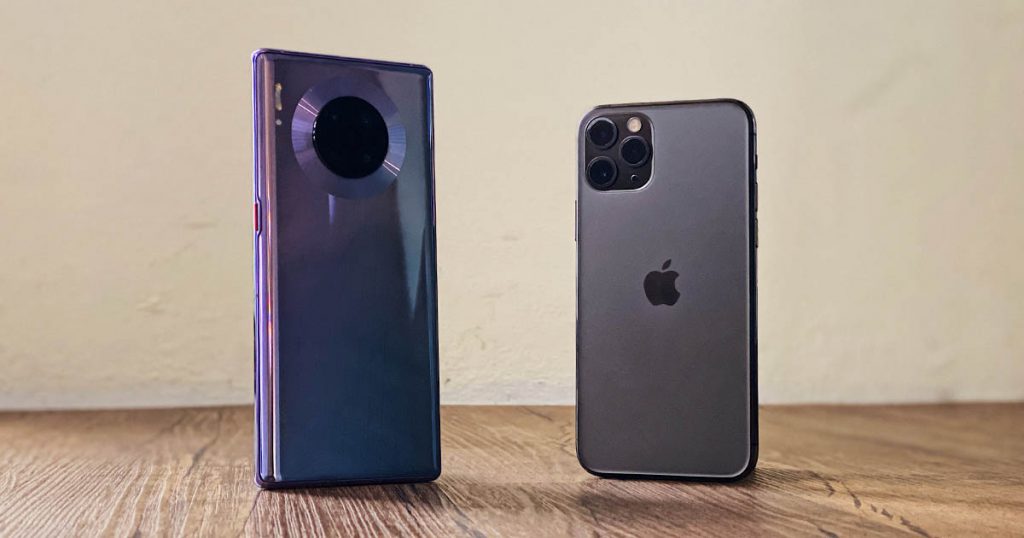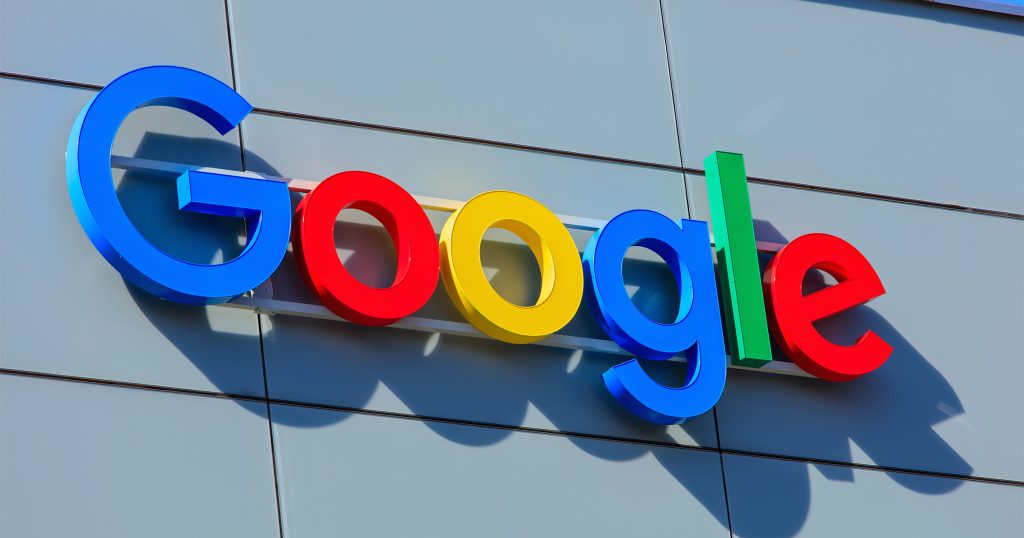If you’ve been in the market for a new smartphone, then September would’ve been a very good month for you — first, Apple announced the iPhone 11, and just a week later Huawei unveiled the Mate 30 series as well.
Apple and Huawei have both pulled out all the stops with their latest flagships, but the question is: which is the better product between the two?
Well, we just so happen to be holding on to both the iPhone 11 Pro and Mate 30 Pro, so after using them for two weeks here’s what we think.
Flagship Phones, Flagship Specs
First up, here’s a breakdown of the two phones:
| iPhone 11 Pro | Mate 30 Pro | |
| Display Size | 5.8 Inches | 6.53 Inches |
| Display Type | OLED | OLED |
| Weight | 188g | 198G |
| Processor | A13 Bionic | Kirin 990 |
| RAM | 4GB | 8GB |
| Storage | 64GB, 256GB, 512GB | 256GB |
| Expandable Storage? | No | Yes, Nano Sim Up To 256GB |
| Battery | 3,110 mAh | 4,500 mAh |
| Fast Charging? | Yes | Yes |
| Wireless Charging? | Yes | Yes |
| Reverse Wireless Charging? | No | Yes |
| Cameras | 3 | 4 |
Unsurprisingly, the iPhone 11 Pro and Mate 30 Pro both have specs worthy of the flagship moniker — both are equipped with OLED displays that produce some of the sharpest graphics we’ve ever seen in a smartphone, and top-of-the-line processors that can handle pretty much anything you throw at them.
If you look a little closer, there seem to be two areas where the iPhone 11 Pro seems to lose pretty significantly to the Mate 30 Pro — RAM (4GB vs 8GB) and battery capacity (3,110 mAh vs 4,500 mAh).
In reality, however, these shortfalls aren’t as significant as the difference might suggest — in our experience the extra 4GB of RAM doesn’t give the Mate 30 Pro any noticeable edge over the iPhone 11 Pro in terms of performance, and either phone will have absolutely no problem surviving a full day of use either.

Where the iPhone 11 does get beat by the Mate 30 Pro is in extra features.
Reverse wireless charging — which lets the Mate 30 wirelessly charge other Qi enabled devices — makes an expected return from last year’s Mate 20, and a new feature called Gesture Control allows you to perform certain actions like taking a screenshot without physically touching the phone.
It’s cool features like these that make the Mate 30 Pro feel like the more innovative product among the two.
A Matter Of Perspective

Since the iPhone 11 Pro and Mate 30 Pro are pretty evenly matched in the specs department, the big point of contention will be between their cameras.
The iPhone 11 Pro has made massive strides this year with its new triple camera system, but is the improvement enough to take on The Mate 30 Pro’s four Leica-engineered cameras?


As mentioned in our previous article, your preference will depend on how processed you like your photos to be. The iPhone 11 Pro will try its best to retain the scene’s natural colours, while the Mate 30 Pro automatically bumps up the contrast and saturation.
This is especially evident in portraits and selfies, where every imperfection on the subject’s face magically disappears from the Mate 30 Pro’s shots. The iPhone is more honest when preserving the scene, which may or may not be a good thing depending on how you look at it.


When it comes to Night Mode, however, the Mate 30 Pro is the clear winner. The iPhone 11’s Night Mode — while still serviceable — produces significantly more noise, and is nowhere as sharp as the Mate 30 Pro either.
And considering that Huawei have positioned the Mate 30 Pro as their video-centric camera, its no surprise that they take the win in this department as well.
Slo-Mo Video on the iPhone 11 Pro (Left) and Mate 30 Pro (Right) / Image Credit: Vulcan Post
Without a doubt, the feature to look out for here is slow-mo. the Mate 30 Pro can now record up to an unbelievable 7,680 frames per second, which is a figure so absurd that it feels like a typo every time we write it.
An Apples To Androids Comparison

After everything we’ve covered, the biggest difference is still the operating system that the phones run on — the iPhone 11 runs on iOS, while the Mate 30 on an open-source version of Android.
(And yes, there’s that whole thing about the Mate 30 losing access to Google Mobile Services like YouTube and Google Maps, but we’ve already established that it’s possible to install them in less than 10 minutes. The workaround was recently removed, but we’re confident that another one will appear to take its place soon.)
We could compare specs for days, but this will likely be the ultimate deciding factor – iPhone users will probably spring for the iPhone 11 solely on the fact that it runs on iOS, and Android users will do the same with the Mate 30.
The bottom line is this: the iPhone 11 Pro and Mate 30 Pro are both excellent phones in their own right – perhaps the best in their respective fields right now – and you really can’t go wrong with either.
So In the battle of the 2019 flagship phones, it looks like we’re the true winners.
Feature Image Credit: Vulcan Post












